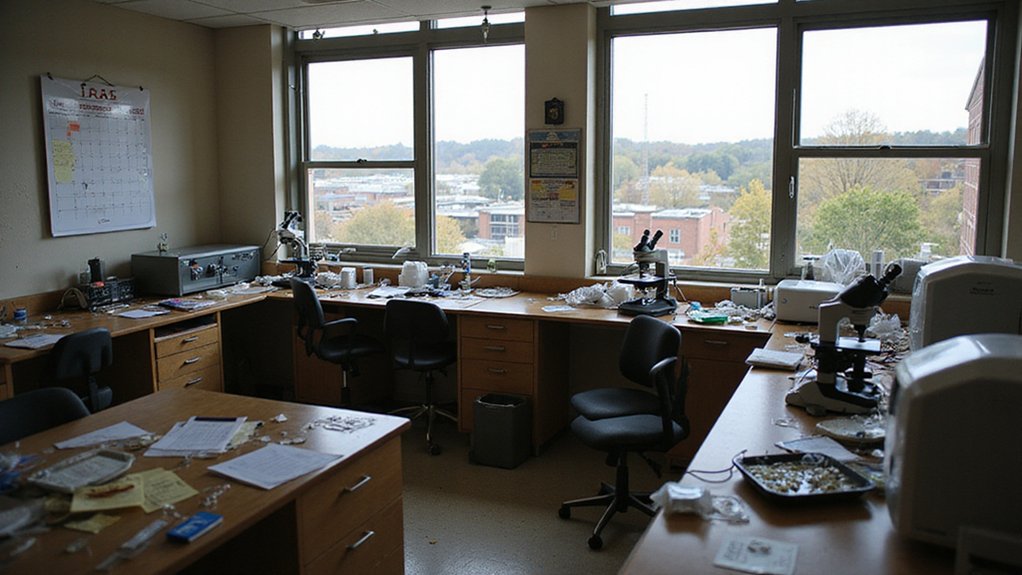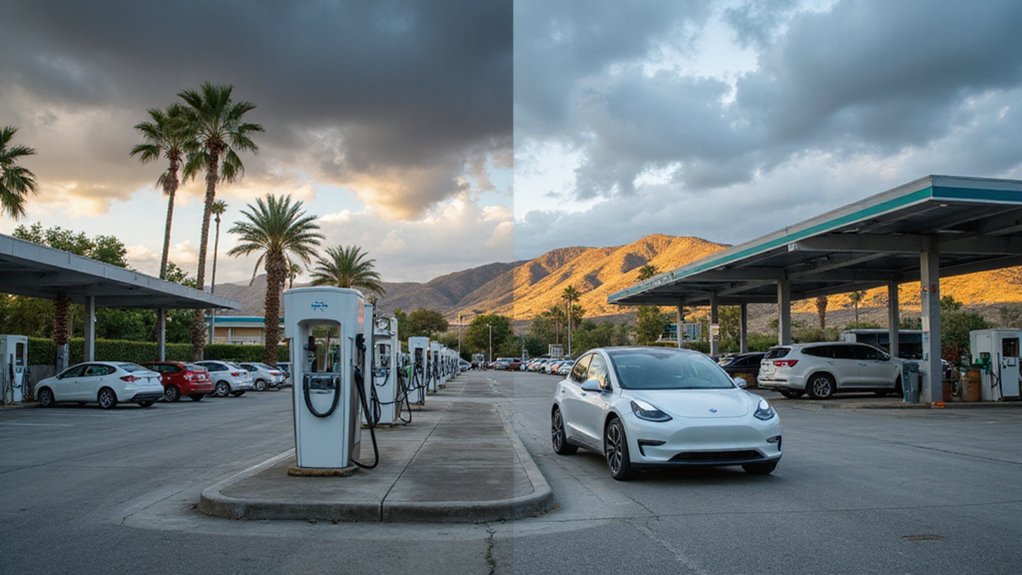Nearly every major AI system powering today’s digital transformation has a dirty secret: they’re largely fueled by coal. As artificial intelligence reshapes industries worldwide, its hunger for electricity is creating an environmental crisis that few tech companies discuss openly.
Global data center electricity demand is set to more than double by 2030, exceeding 945 TWh annually. This surge is primarily driven by AI, which requires 7-8 times more power than standard computing tasks. The problem? Most of this electricity still comes from fossil fuels, particularly coal.
AI’s digital revolution masks a troubling reality: exponential energy consumption largely powered by coal.
In the US, data centers could account for nearly half of all electricity demand growth by decade’s end. Server farms’ energy needs might triple to over 600 TWh by 2030. This rapid expansion is outpacing renewable energy development, forcing grids to rely on existing coal and gas plants. AI is predicted to significantly boost economic growth while simultaneously reshaping employment and investment landscapes across sectors.
The environmental impact is substantial. Under current policies, AI’s energy demands could add 1.7 gigatons of greenhouse gas emissions between 2025 and 2030. Data centers already consume more electricity than entire countries like Germany or France.
Regional differences matter. While some tech companies build facilities in areas with cleaner energy, others locate where power is cheapest – often in regions heavily dependent on coal. This creates a troubling divide between companies that prioritize clean energy and those focused solely on costs.
The problem is especially acute in parts of Asia and Eastern Europe, where fossil fuels dominate the energy mix. In these regions, AI expansion intensifies local pollution and health problems along with global emissions. Current CO2 emissions have reached historic highs, increasing 50% in less than two centuries and accelerating far beyond natural rates. Looking ahead, renewables and natural gas are expected to lead in meeting these rising electricity needs, though availability varies greatly by region.
Power grid stability is another growing concern. The rapid construction of massive data centers strains existing infrastructure, raising reliability issues in many areas.
Without significant policy changes and investments in clean energy, AI’s coal addiction will likely worsen. As companies race to deploy more powerful systems, the gap between AI’s promise of progress and its environmental reality continues to widen.
References
- https://www.iea.org/news/ai-is-set-to-drive-surging-electricity-demand-from-data-centres-while-offering-the-potential-to-transform-how-the-energy-sector-works
- https://www.imf.org/en/Blogs/Articles/2025/05/13/ai-needs-more-abundant-power-supplies-to-keep-driving-economic-growth
- https://news.mit.edu/2025/explained-generative-ai-environmental-impact-0117
- https://www.devsustainability.com/p/data-center-energy-and-ai-in-2025
- https://www.iea.org/reports/energy-and-ai/energy-demand-from-ai








